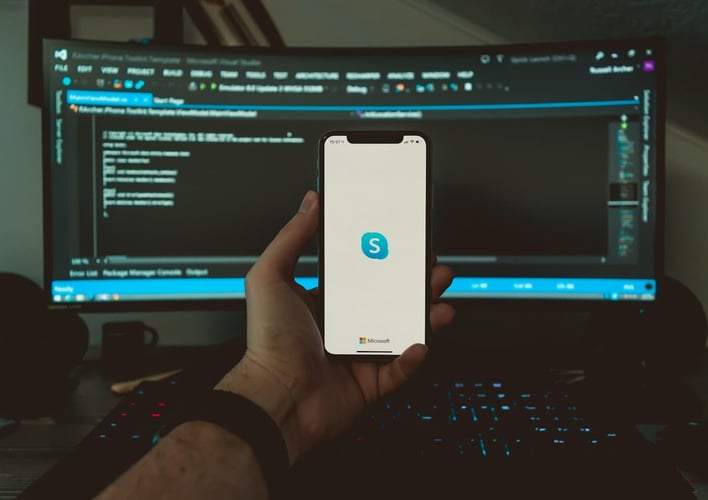Though we’ve looked at when phones, emails, instant messages and Twitter are effective communication tools for your business, there are several more tools out there. From 6-second videos to internal company Wikis, the list of communication options available to workers grows every day. Each one has unique features designed to augment your company’s core communication tools.
At Prialto, we use several different communication methods for our work. But none of these are our primary means of communication. Because these tools are new and lack universal adoption, we don’t use these tools for assigning work or formal conversations. Instead, they are individual and intimate. So we consider them to be easy, accessible ways of building relationships.
Here are our top three.
1. Voxer: Described as a “walkie-talkie for the business world,” Voxer is vying against Nextel for a share of the enterprise market. Unlike Nextel, it can be used on several different mobile platforms. Unlike a real walkie-talkie, the push-to-talk messages you leave for coworkers don’t rely on a game of “Roger that, Mission Control.” For sales teams and startups alike, the real virtues of Voxer are that it
- is asynchronic and doesn’t disrupt someone else’s workflow;
- allows you to limit who you’re having back-and-forth conversations with, based on your Voxer list;
- allows for emotion and expressions to be communicated through voice and tone; and
- is single-party, i.e. your messages reach your targeted audience directly, and nobody else.
These attributes make Voxer ideal for letting folks know that you closed that deal or where your team is headed for lunch. Like instant messages, it gives you a direct and sometimes exclusive line to people that matter most. But it’s not so great for discussing why sales were down last quarter.
2. Skype: Prialto has centers in three countries and clients who travel all over the world. We use Skype videos and chats to integrate our workforce across offices. We substitute it for candidate interviews, to get a sense of the person and read their social cues. We use it for team meetings, where the screen sharing and easy file transfer also make it a sort of project management tool. We occasionally even use it for office parties.
Our team’s Skype best practices are similar to those for using the phone. We set up Skype calls in advance via email or instant message, instead of just dialing someone on the spur of the moment. For meetings, it’s best to have an agenda and a goal for the call. And we never forget to dress the part!
3. LinkedIn: The darling of networked professionals, LinkedIn encourages users to build relationships with context. LinkedIn status updates let you keep track of your contact’s interests and career moves. LinkedIn groups make it easier to meet new people in your industry. Personal profile pages are a great way to introduce yourself to new teammates. LinkedIn Mail – the platform’s premium private messaging service – allows us to grab the attention of someone we haven’t really been in touch with and guarantees high open rates.
The relationship + context focus is what makes LinkedIn ideal for sales prospecting and recruiting. Many companies now begin their research of a candidate on LinkedIn, seeing who the candidate knows and where he or she has previously worked. Salespeople search the site to see where or how they can make a connection before making their sales calls. And teammates use it to understand the strengths and breadth of experience of their group.
As we said, there are dozens of other apps that facilitate communication out there - from internal company message boards and listservs to HipChat, Facebook and countless project management tools. Though each is designed to fill a gap, there is a such thing as too much choice. Sometimes, nothing beats an in-person lunch meeting to get things done.
